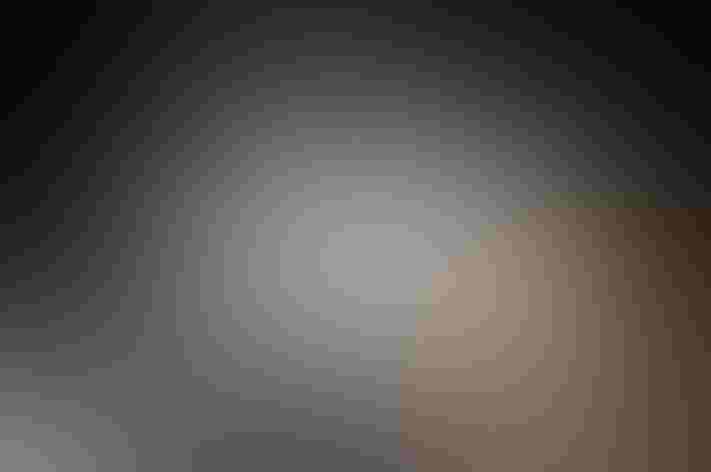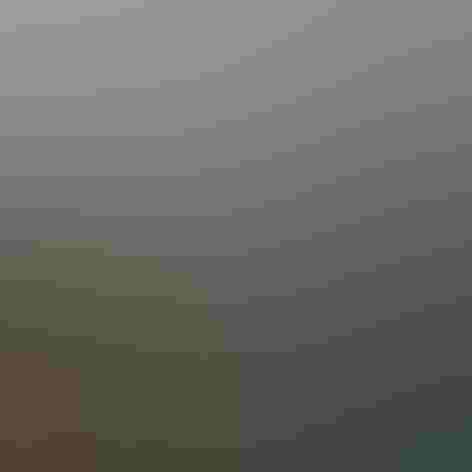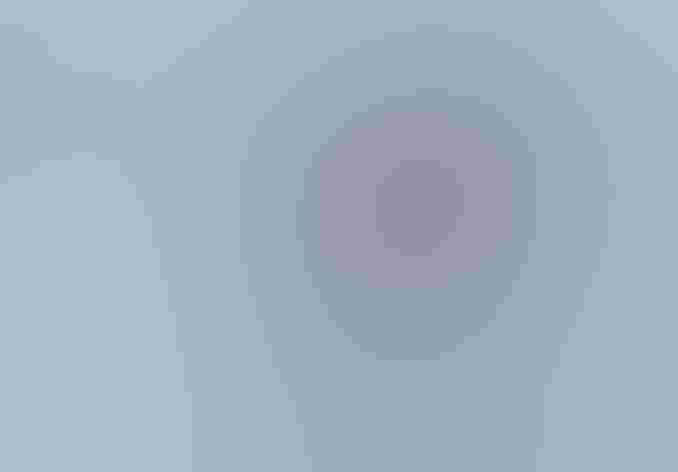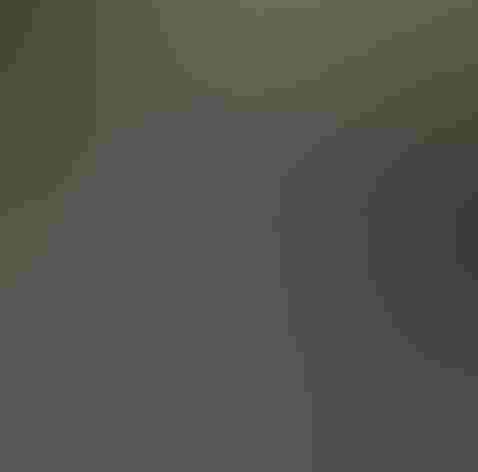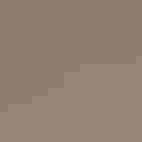Horned Puffin
At a Glance
Very similar to the famous Atlantic Puffin, but with different bill colors and a longer fleshy 'horn' above each eye. Found mainly on islands around the coastline of Alaska, where pairs perch upright on rocks and stare quizzically at human visitors. In winter, likely to be on ocean waters far out of sight of land. Often found with the Tufted Puffin, but has a more northerly distribution in general, rarely wandering as far south as California.
All bird guide text and rangemaps adapted from Lives of North American Birds by Kenn Kaufman© 1996, used by permission of Houghton Mifflin Harcourt Publishing Company. All rights reserved.
Category
Auks, Murres, Puffins, Upright-perching Water Birds
IUCN Status
Least Concern
Habitat
Coasts and Shorelines, Open Ocean
Region
Alaska and The North, California, Northwest, Western Canada
Behavior
Direct Flight, Erratic, Rapid Wingbeats, Swimming
Population
800.000
Range & Identification
Migration & Range Maps
Poorly known. Departs from vicinity of northern colonies in winter (when surrounding waters frozen solid). Some reportedly winter near Aleutians, others may be far out at sea. In some years, numbers found off California in spring, suggesting that they may have wintered very far offshore (perhaps hundreds of miles) and come closer to coast on northward migration. An "invasion" once reached the northwestern Hawaiian Islands.
Description
14 1/2" (37 cm). Suggests Atlantic Puffin (no overlap in range) but has simpler bill pattern, more obvious fleshy "horn" above eye. In winter, adult's bill becomes smaller and plainer, face becomes gray. Immature's bill even thinner and darker.
Size
About the size of a Crow
Color
Black, Orange, White, Yellow
Wing Shape
Pointed, Tapered
Tail Shape
Short
Songs and Calls
Usually silent but utters harsh notes from its burrow.
Call Pattern
Falling, Flat, Rising
Call Type
Odd
Habitat
Ocean, nesting colonially in burrows or crevices on sea cliffs. During summer usually on ocean waters fairly close to shore of nesting islands; at other seasons may be very far offshore. Nests mainly on rocky islands.
Sign up for Audubon's newsletter to learn more about birds like the Horned Puffin
Behavior
Eggs
one. Dull white, usually with faint spots of gray, lavender, brown. Incubation is by both sexes, 38-43 days.
Young
both parents feed nestling, carrying fish in bill and dropping them in nest or near entrance. Adults generally forage in waters close to colony, may make more frequent feeding visits than Tufted Puffins. Young depart from nest at about 38-44 days; unable to fly well at departure, they flutter or tumble down to water and swim out to sea, apparently independent from then on.
Feeding Behavior
Forages while swimming underwater. Swims rapidly through schools of small fish, catching them in bill.
Diet
mostly fish. Favors small fish, especially sand lance and capelin, also sticklebacks, smelt, and others. Food brought to young almost entirely fish. Adults also eat many squid, marine worms, and crustaceans.
Nesting
Breeds in colonies on islands, usually with other species of auks. Nest site is in burrow in ground, 1-3' or longer, perhaps sometimes with two entrances; also in natural crevice in cliff or among boulders. Burrow (apparently excavated by both sexes) may be re-used in following years. Nest chamber may by lined with grasses or may be bare.
Conservation
Conservation Status
Still abundant in Alaska, but undoubtedly has declined on some islands where foxes or rats have been introduced. Puffins are considered especially vulnerable to effects of oil spills.



